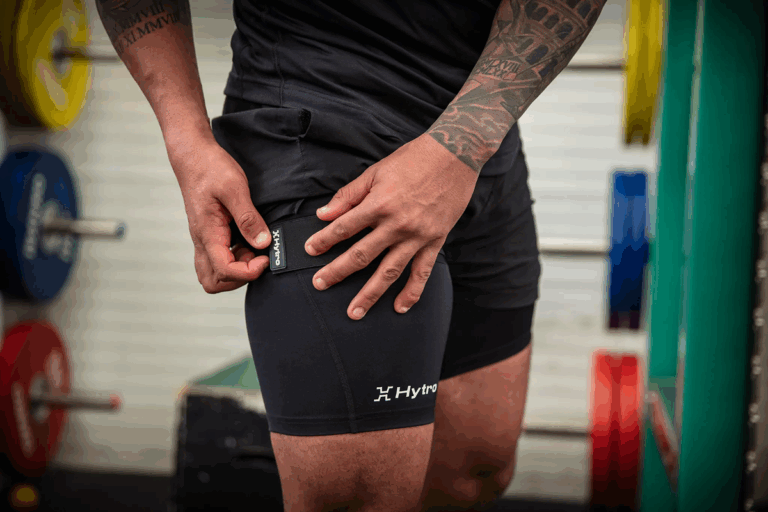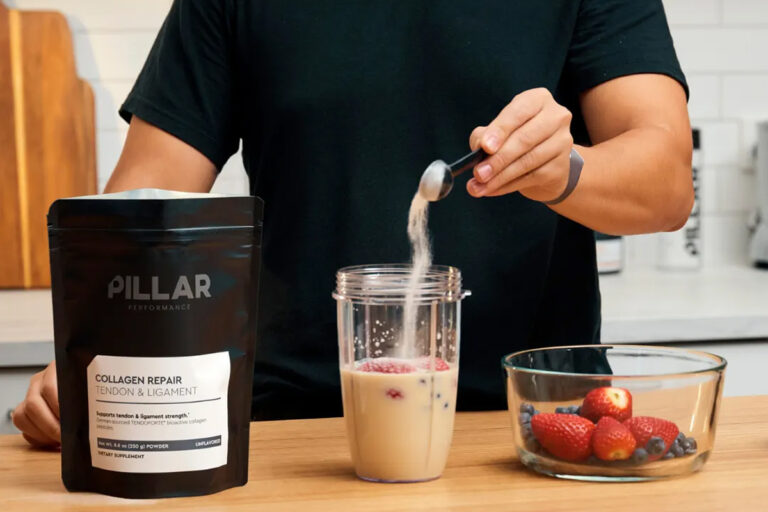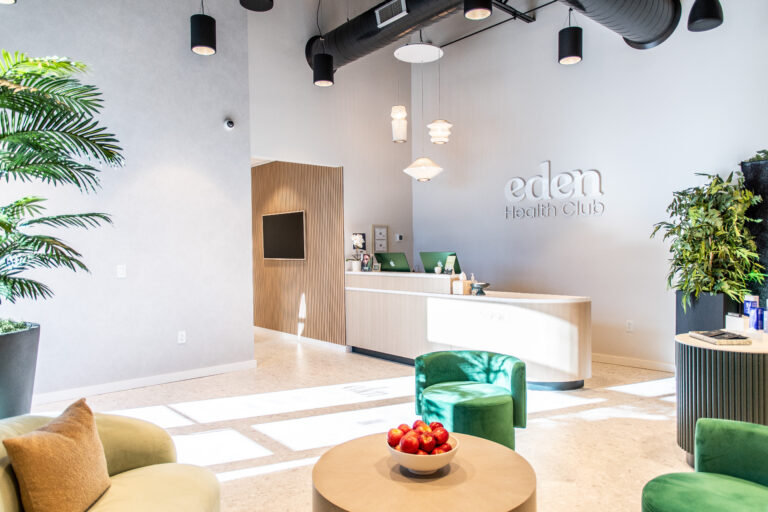After two years of on-again, off-again gym closures and a workout-from-home boom, we asked industry executives for their thoughts on the future of fitness.
In this Q&A, we spoke with Tempo CEO Moawia Eldeeb about how at-home fitness can complement IRL exercise, prioritizing affordable equipment, and building solutions that fit seamlessly into our lives.
Digital/connected fitness is facing headwinds. How will the category evolve?
Moawia Eldeeb: At the beginning of the pandemic, consumers eagerly flocked to home fitness solutions, creating a crowded field of competitors. There are several important things fitness companies—and Tempo, in particular— can do to excel in this environment to succeed:
Meet demand for hybrid solutions. With gyms reopening, many consumers are returning, if only to change up their scenery and be around other people. However, most will continue wanting the convenience of a home workout.
Building solutions that are accessible and fit seamlessly into the home—like the Tempo Move, which is reasonably priced, compact, and beautifully designed—but don’t require steep monthly subscriptions and an exorbitant hardware purchase, is key.
Personalization. Most home fitness brands are focused on creating new hardware and content. Virtually all lack a true personal training component that gets to know you and your body, build a personalized plan to reach your goals, and keep you on track to reach them. Greater personalization is the key to success.
Tempo does this by actually tracking your form, counting reps, tracking range-of-motion, and monitoring the weight you’re using to help you progress.
Accessibility. We’re going to start seeing more reasonably priced solutions that provide users with a great workout without breaking the bank. Quality fitness training should be available to everyone, and the industry winners will be the ones innovating from a business-model perspective.
Omnichannel or hybrid fitness is gaining traction. How does it play out?
ME: Yes, hybrid fitness will continue to thrive. Consumers want the option to work out from home since we’ve grown accustomed to the convenience. However, there are still days when an in-person instructor or camaraderie of a studio class are appealing.
That’s why we’ve created solutions that have everything you need to get a great workout from the comfort of your home — as well as why we’ll be innovating on the personal or human connection front.
What key trends will shape the future of fitness?
ME: Hybrid fitness and personalization will continue to shape the fitness industry.
Affordability is also an important factor — consumers don’t want to pay thousands of dollars for home gyms.
We’ll also continue to see a greater emphasis on strength training, which is proven to build muscle, burn fat even after you’ve finished working out, and supports your mental health.
In addition, we’ll likely see more holistic solutions that prioritize nutrition and alternative forms of movement so people can nourish their bodies and move in ways that are most enjoyable to them.
Wrapping up, anything else we should keep in mind?
ME: We’re on a mission to bring personal training and effective home fitness to everyone who is interested.
Strength training, in particular, is so beneficial to maintaining a healthy, active lifestyle, and it helps you prepare for everything life brings, from athletic competition to carrying your kids up and down the stairs.
By giving people the tools they need to experience the impact of fitness—in a convenient, smart, and accessible way—we can make the world a healthier, happier place.
Personalization and accessibility are the future of home fitness, and we’ve already seen great demand for our more affordable solution, the Tempo Move.






